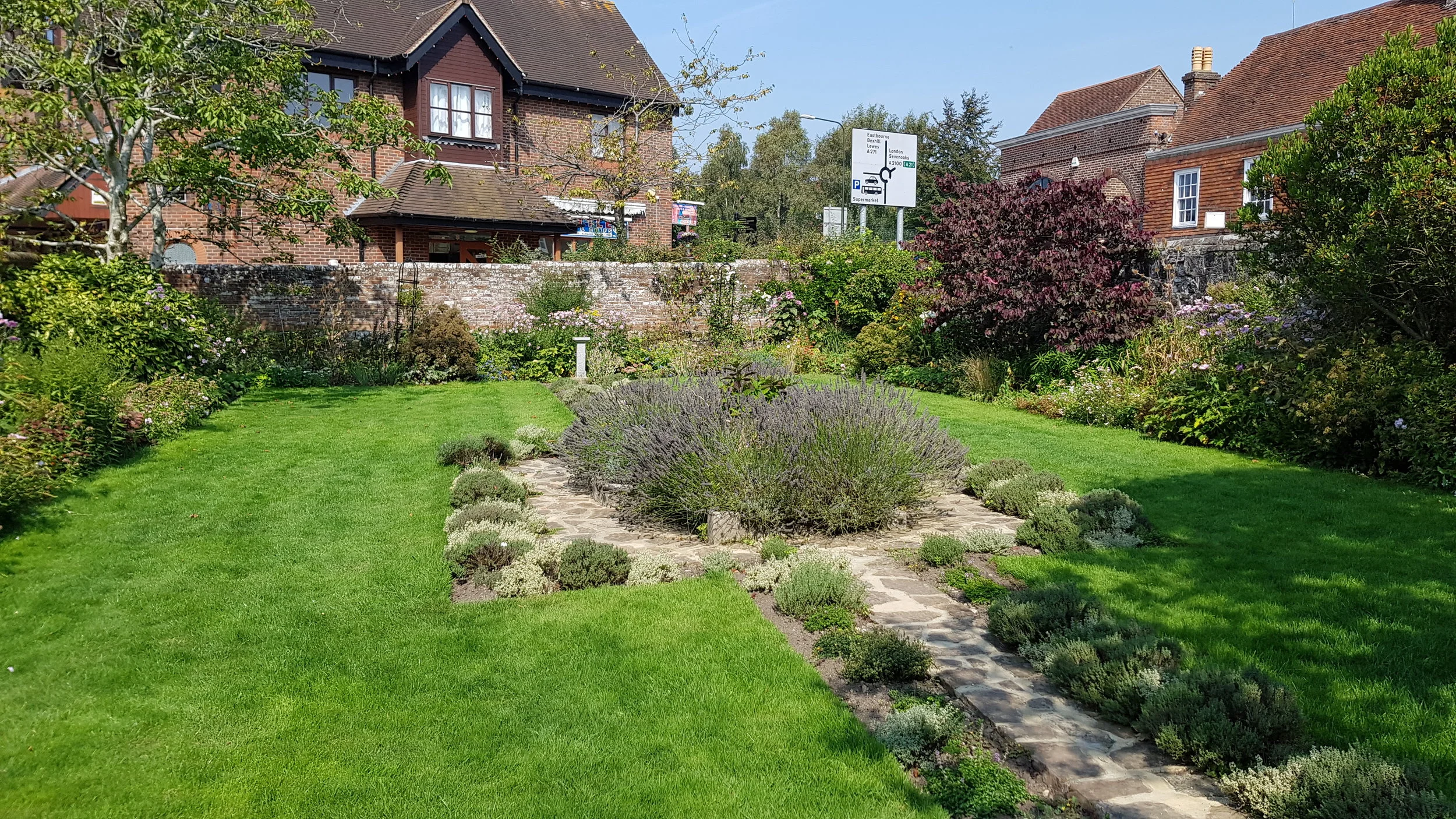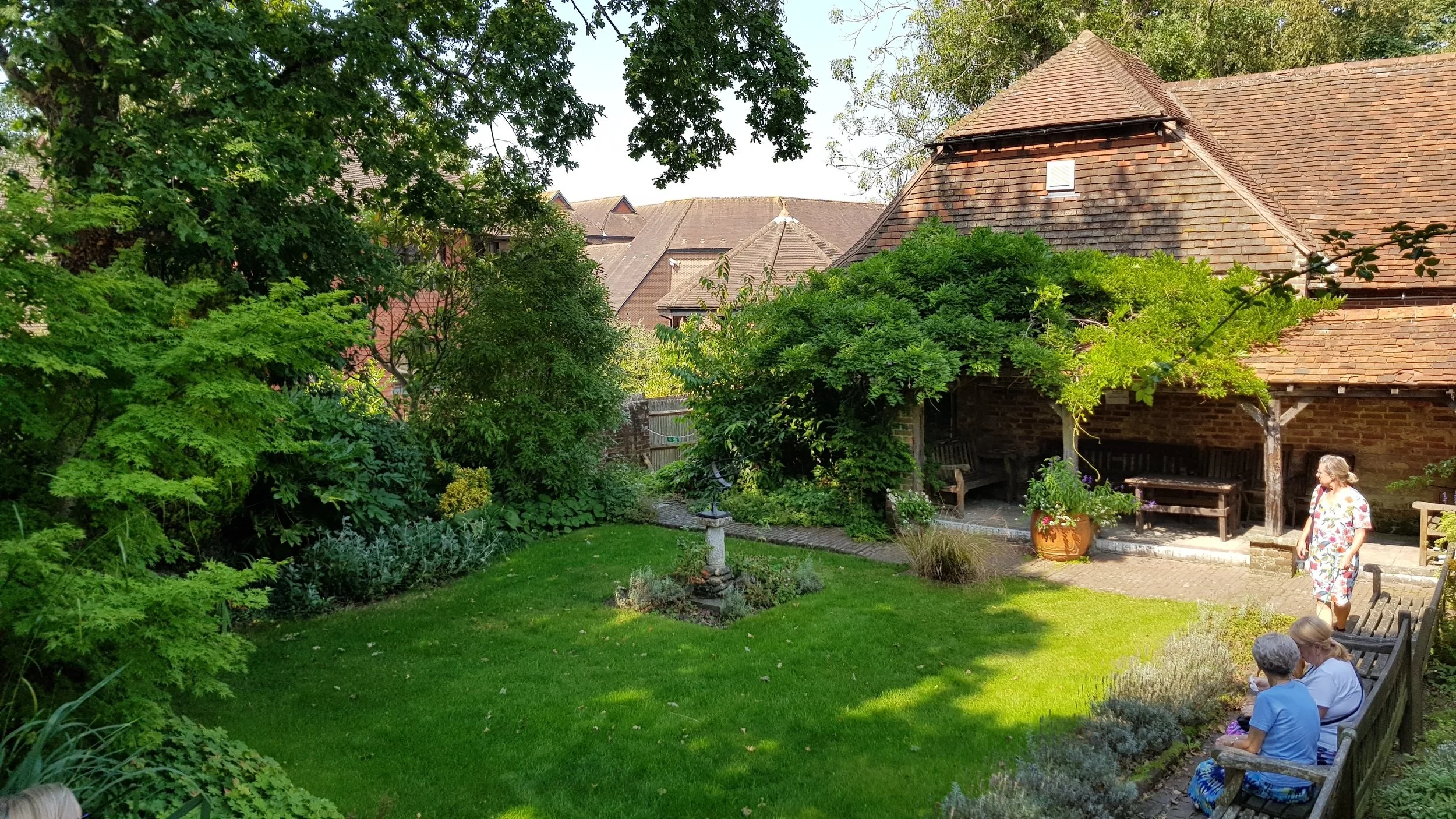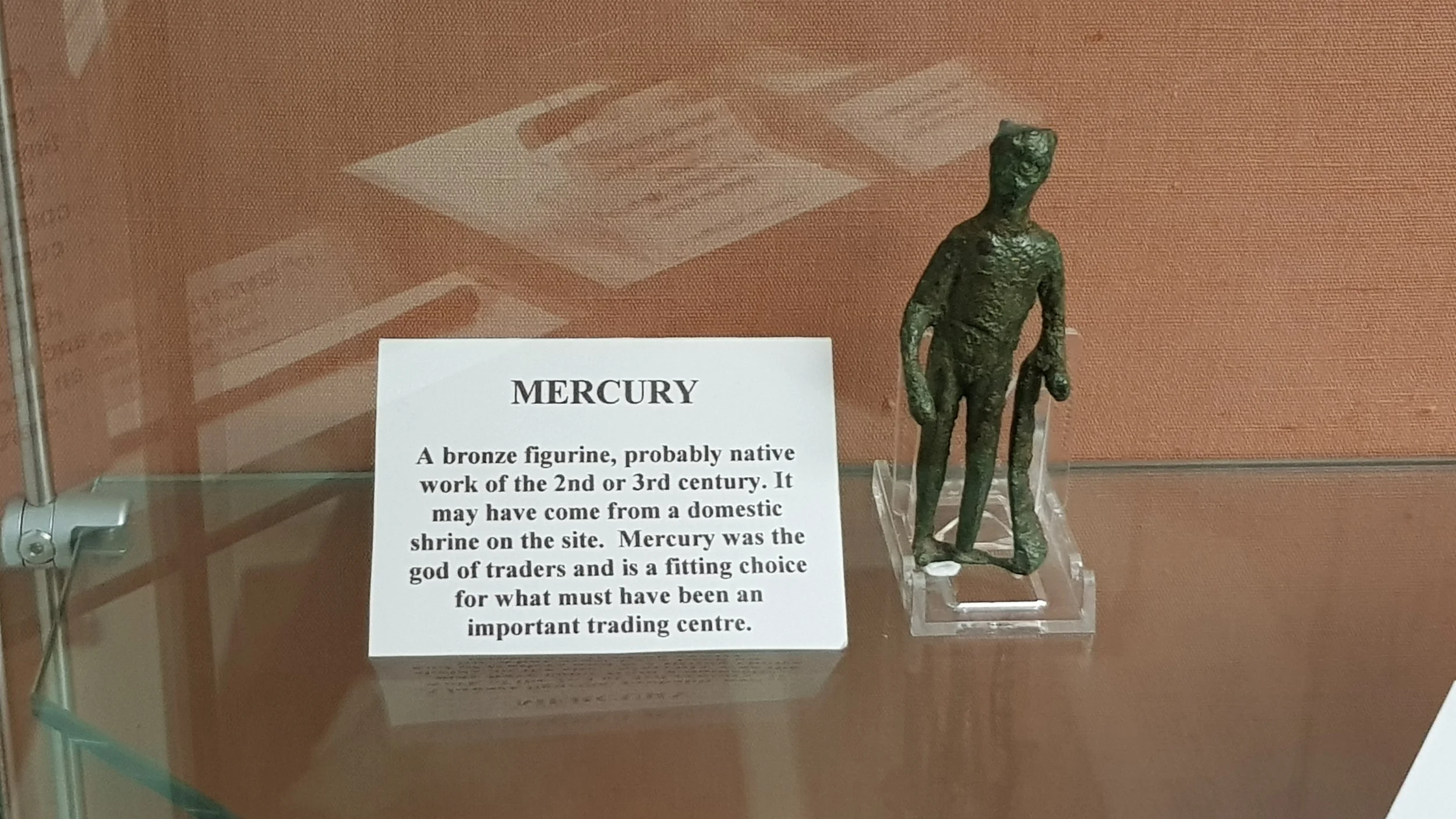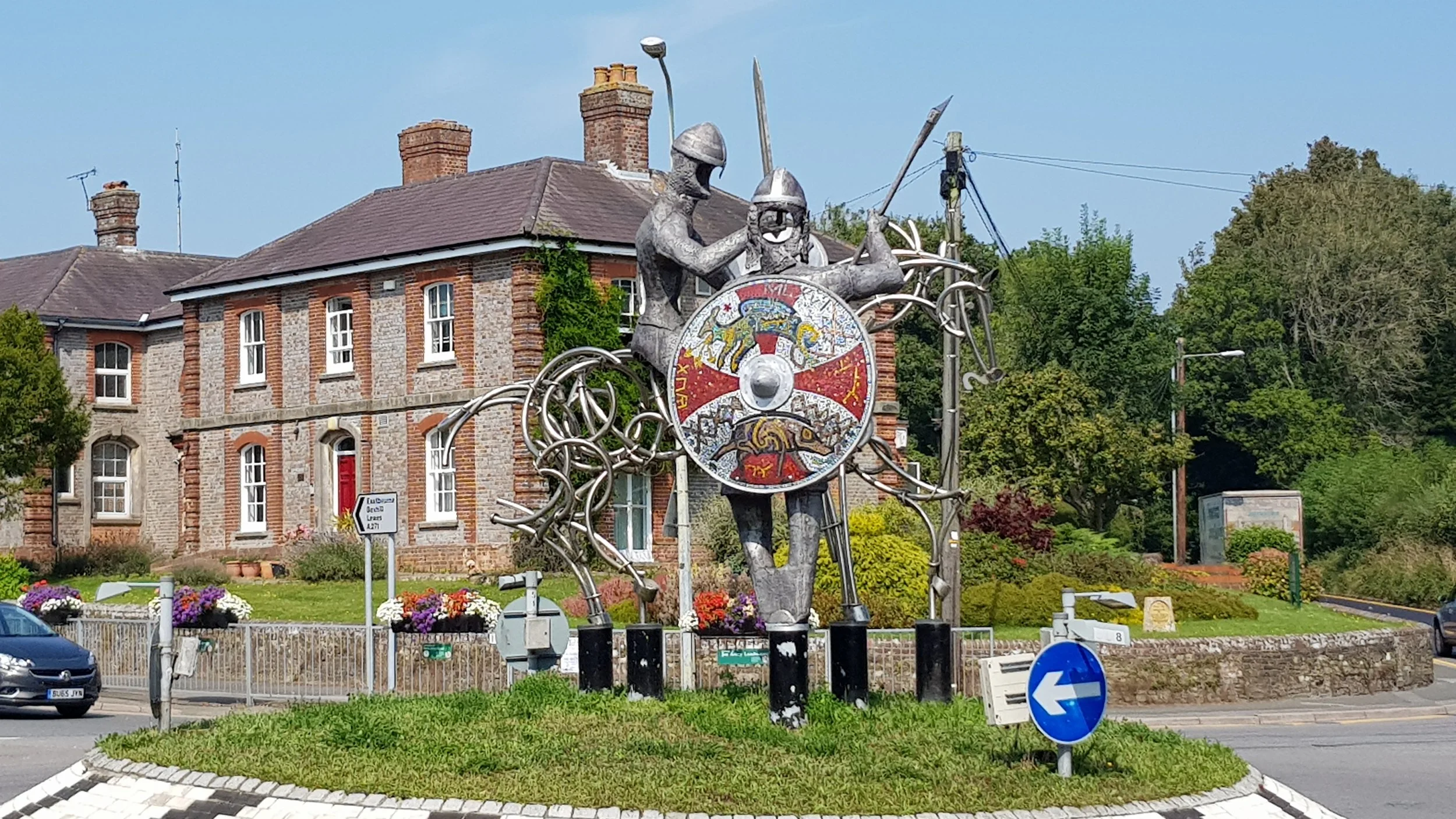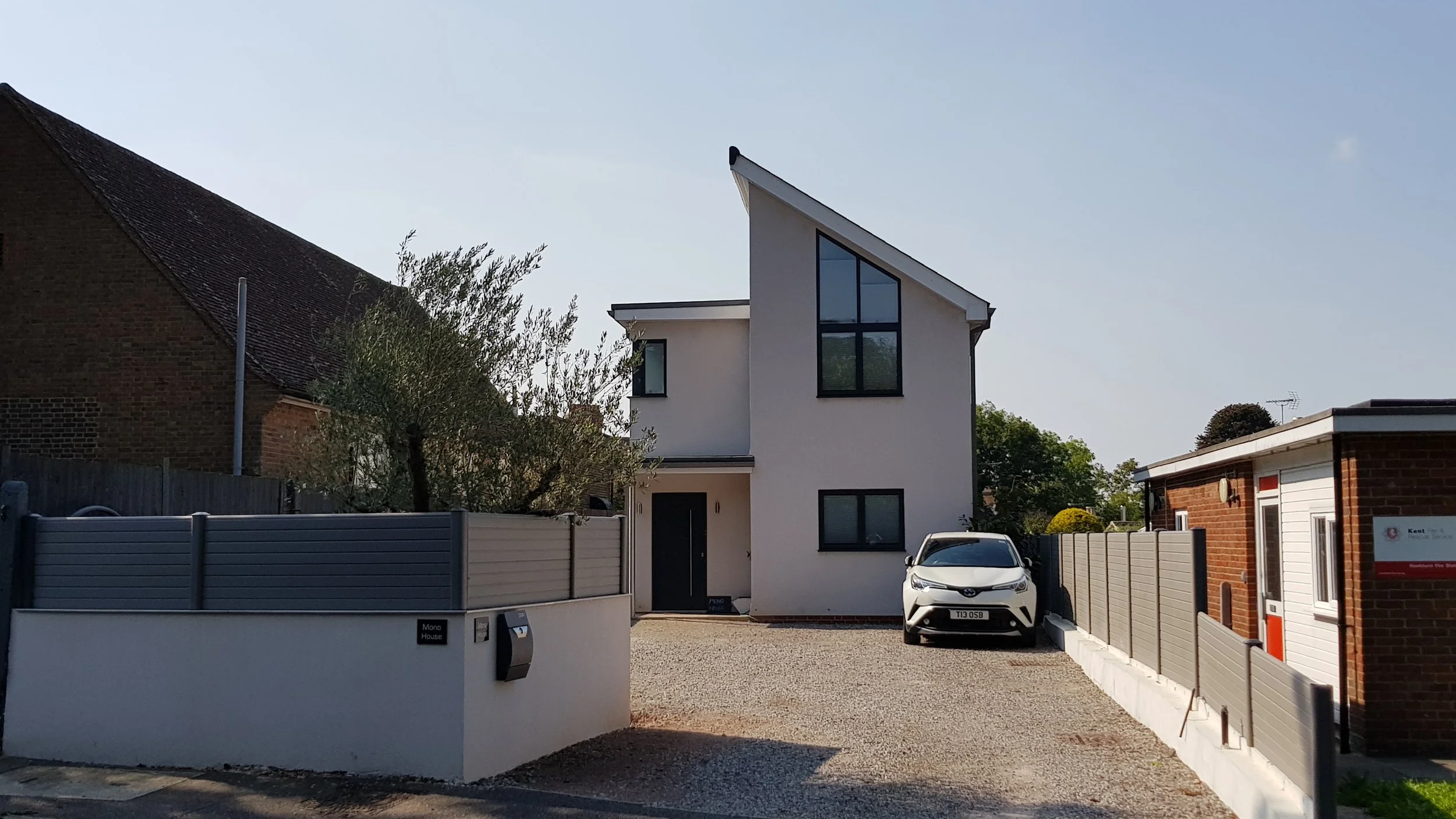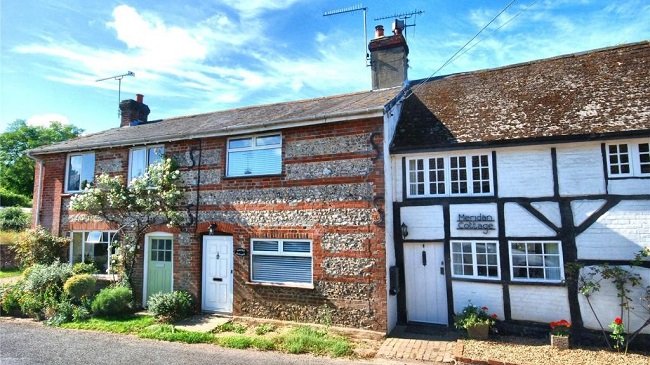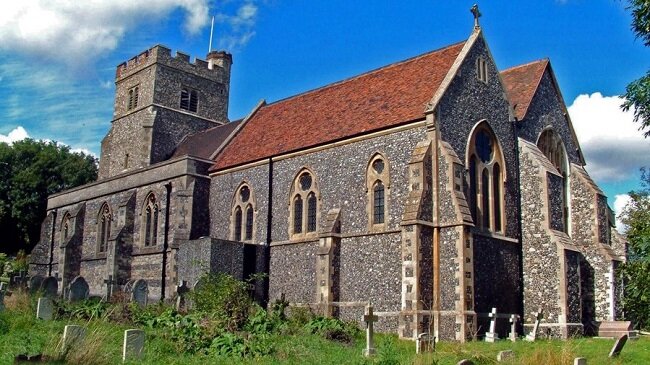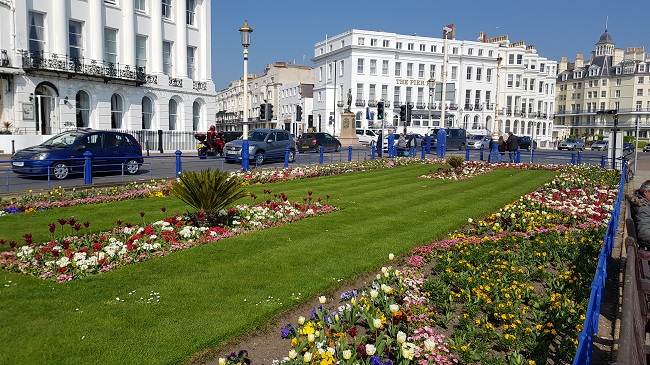Battle, Sedlescombe and Hawkhurst
Today Mrs P and I resumed our monthly excursions into rural Britain. Our last outing was at the end of March when we spent the day at Eastbourne. Since then our travelling schedule has been somewhat interrupted over the last three months due to various real-world issues. However, today was a very pleasant 31° Celsius (87.8° Fahrenheit) so as we had no outstanding commitments, we planned our route and left promptly at 9:30 AM. As I mentioned previously, the trips our primarily for sightseeing and enjoyment but we’re also keeping an eye on property prices and potential locations to move to. Being based in South East London (we have a Kent postcode) we are ideally placed to travel to multiple counties within a ninety-minute or two-hour drive.
First stop today was the town of Battle in East Sussex. Battle is the site of the Battle of Hastings, where William, Duke of Normandy, defeated King Harold II to become William I in 1066. Due to its historical significance Battle has numerous buildings and sites of historical significance. There’s the Abbey and its opulent gate at the South End of the main street. Then there’s the High Altar which is allegedly built on the spot where Harold fell and the Walled Gardens. We visited these along with the Battle Museum of local history. Despite its modest size it has exhibits of Roman remains, the Battle of 1066 and details regarding the towns production of Gunpowder in the eighteenth century. Next door are the Almonry gardens which are immaculately kept. The walls and terrace provide a tranquil and secluded respite from the noise of the buy main road. Battle is very tourist friendly with numerous restaurants and tea rooms. Many of the buildings are “listed” and therefore have been preserved in their original style.
We then followed the road East to the village of Sedlescombe. This picturesque settlement mixes both the old and the new sporting modern bungalows along with traditional terrace cottages. Surrounding the central village green are a restaurant, a hotel and the Queen’s Head pub. As well as all the quaint houses there is a small Victorian pump house that is now preserved. Sedlescombe is both sedate and affluent. It is the epitome of rural seclusion for those seeking an escape from city life. However unlike Battle this is not a major tourist location. Beyond the local church at the North of the village there is not much else of historical note. The village is residential with a traditional veneer. The local geese appear to have free rein throughout the village with many residents leaving food and water out for them. We had lunch in the pub and the meal was outstanding. We only intended to stop for a quick drink but when we saw the quality of the food being served to other patrons, we decided to stay.
In the afternoon, we crossed over the county line into Kent and the village of Hawkhurst. This is yet another clearly wealthy area (there’s a Waitrose) which seems to again have a mixture of the old and new. The Moor, to the south, consists mainly of cottages clustered around a large triangular green, while Highgate, to the north, features a colonnade of independent shops, two country pubs, and hotels. Tourism is most definitely a factor here with Hawkhurst ideally positioned as the place to stay, for those who wish to travel the South East coast. The village itself falls within High Weald Area of Outstanding Natural Beauty. There are numerous copses and meadows with traditional cottages nestled between them. There are also several nineteenth century Almshouses that are currently being converted into luxury apartment. The village has charm and character. However a major A road runs though the middle and it is very busy and noisy. But the side roads offer a quiet retreat.
During our visit, we looked in numerous estate agent’s windows and made note of the property prices. Although they are not as high as those in Greater London, they still reflect the affluence of the local area. Also many of the properties are listed and therefore subject to a great deal of building control. It is wise to consider this before committing to purchasing. Overall this was a very pleasant day away from the hubbub and bustle of the London suburbs. The weather was wonderful and it was an ideal for some rural exploring. Out of all three locations Battle had the most immediate attractions and things to do, although I found the peace and quiet of Sedlescombe to be very rewarding. Hawkhurst in many ways encapsulates all the common preconceptions of a traditional English village. Something I think it is happy to play upon. It will be interesting to compare it to villages in Wales and Scotland when we visit next year.




